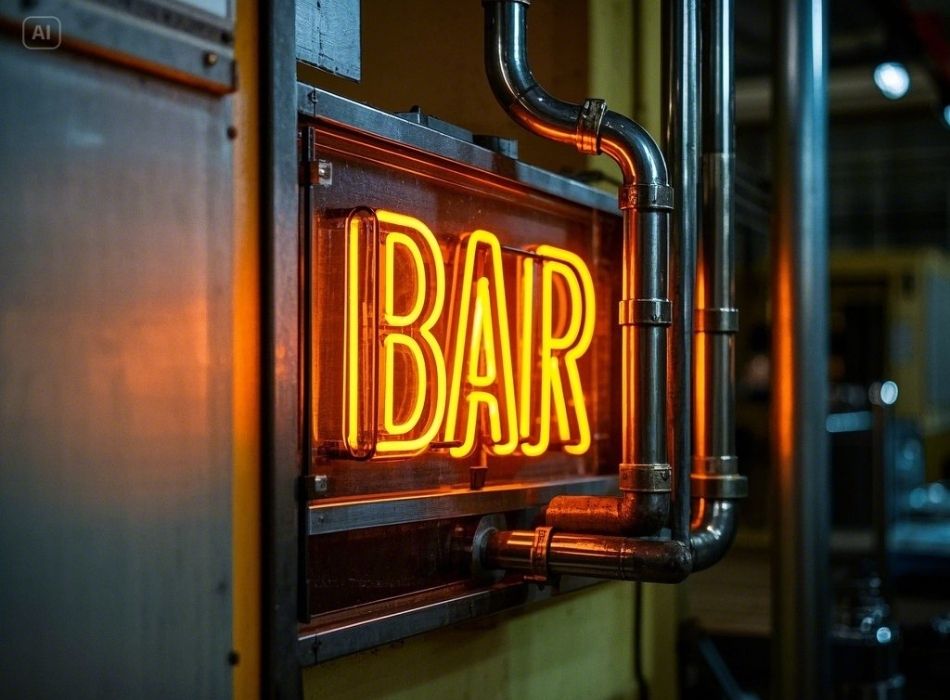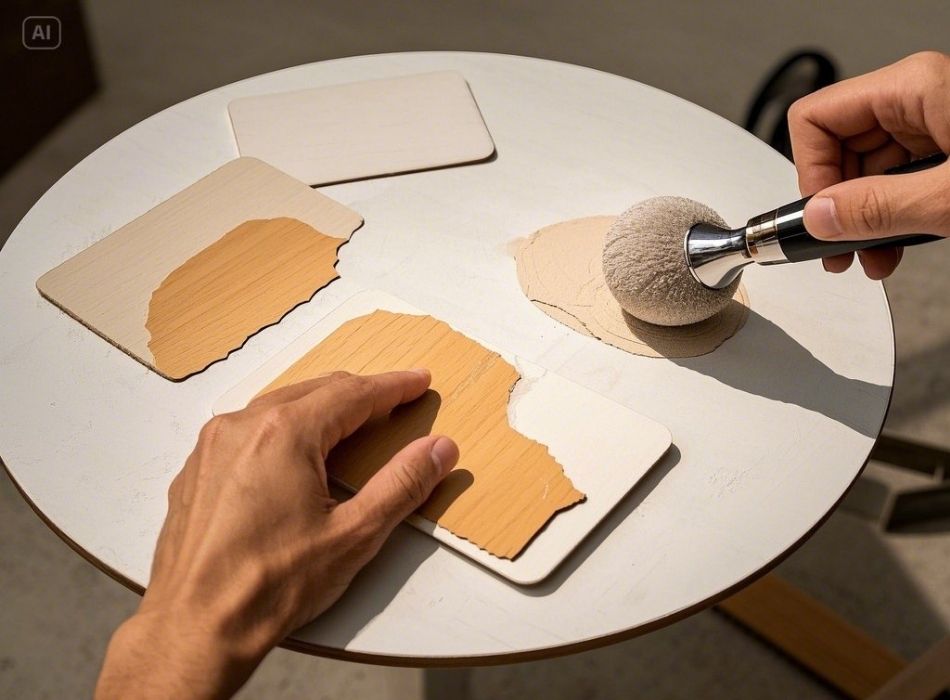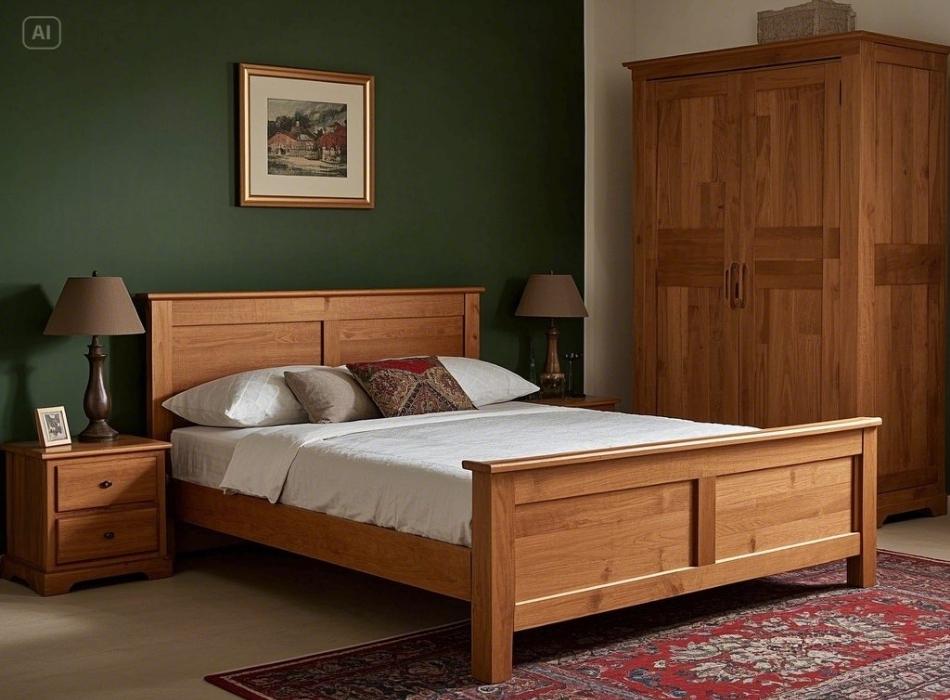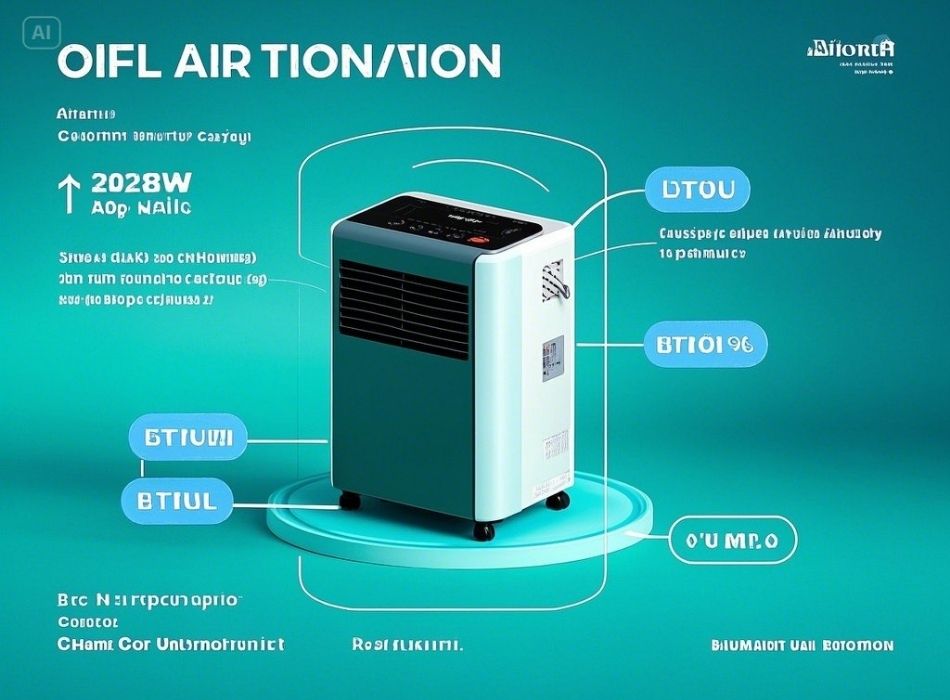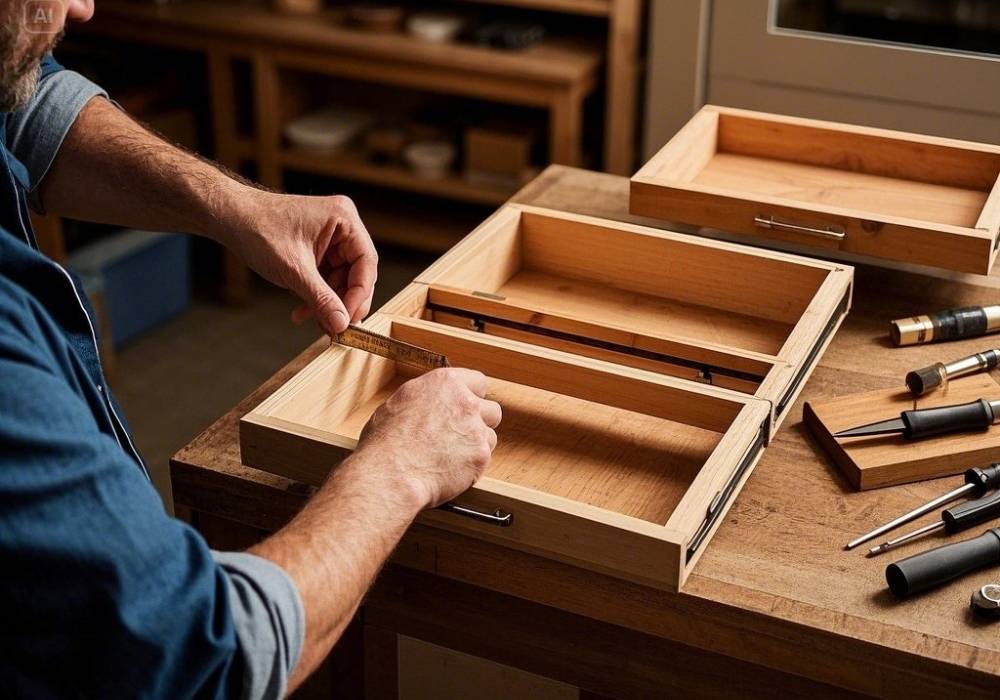Neon signs bring a bold, nostalgic glow to bars, homes, and businesses alike, making them one of the most sought-after décor items. Whether you’re an enthusiast looking to add a quirky addition to your space or a business owner hoping to attract more customers, a neon sign can instantly transform any environment.
But here’s a question that often comes up during the planning process, especially when installation is involved: how much do neon signs weigh?
This guide will explore the weight of bar neon signs and the factors that influence it. Whether you’re installing a neon masterpiece in your home, workplace, or storefront, understanding the dimensions and weight is key to ensuring the proper setup and avoiding surprises during delivery or mounting.
What Influences the Weight of Bar Neon Signs?
The weight of a neon sign isn’t uniform across all designs. It generally depends on several factors that are worth considering before purchase or installation.
1. Size of the Sign
The bigger the sign, the heavier it tends to be. A small custom neon sign designed for a cozy home bar might only weigh a few pounds, while a large commercial neon sign for a bustling business can weigh several hundred pounds.
- Small Neon Signs (<2 feet): Typically weigh between 5-10 pounds.
- Medium Neon Signs (3–4 feet): Generally weigh around 10-30 pounds.
- Large Neon Signs (5–7 feet): These could weigh 50 pounds or more, depending on the materials used.
When thinking about size, remember that larger neon signs may require additional reinforcement to ensure safe installation.
2. Materials Used
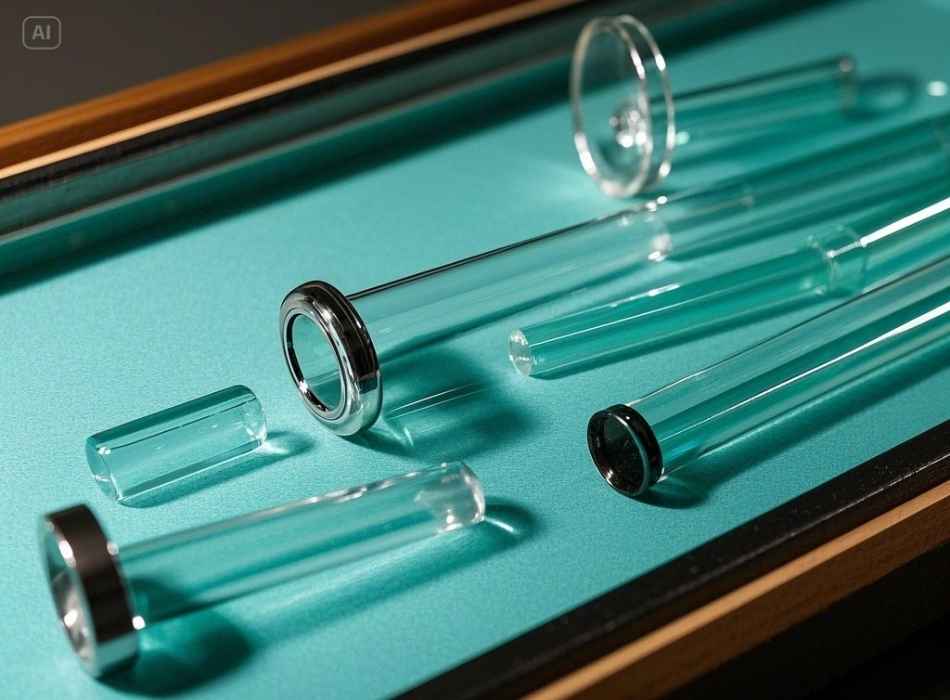
The materials that make up a neon sign significantly affect its weight. A standard neon sign consists of the following components, each contributing to the overall weight of the unit:
- Glass Tubes: Although delicate, the glass tubing doesn’t add much weight. However, the length and thickness of the tubing do matter. Thicker glass tubes used for outdoor or industrial-grade signs will weigh more.
- Backing or Frame: This is often the heaviest component. Backings can be made of acrylic, metal, or wood. For example:
- Acrylic Backing: A lightweight and popular option.
- Metal or Steel Frames: Common for vintage neon signs or heavy-duty commercial signs, they add considerably to the weight.
- Wood Backing: Heavier than acrylic but less commonly used for smaller neon applications.
- Power Supply and Transformers: Every neon sign needs a power supply and a transformer to operate, and these elements can weigh one to five pounds depending on their size and power output.
3. Type of Neon Sign
Not all neon signs are made equally. Traditional glass neon signs differ from modern LED faux neon in terms of weight.
- Traditional Glass Neon Signs: These often weigh more due to the glass tubes and heavy backing materials needed to support their fragile design.
- LED Faux Neon Signs: Crafted from LED lights encased in flexible tubing, they are designed to mimic real neon but are far lighter. A standard LED neon sign often weighs 50% less than a comparable traditional neon sign.
4. Complexity of the Design
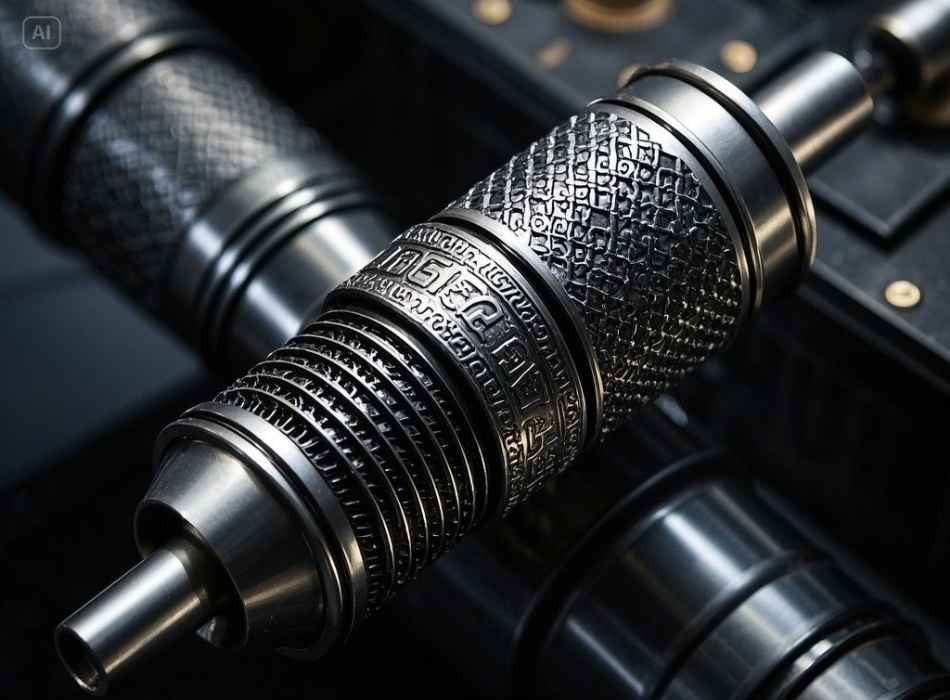
The intricacy of the design also plays a role in determining the overall weight. A simple text-based neon sign with straight lines will weigh less than an elaborate logo or multi-color graphic. This is because intricate designs require more tubing, backing material, and wiring.
5. Indoor vs. Outdoor Neon Signs
Signs designed for outdoor use typically weigh more than indoor signs because they are made to withstand environmental elements. Weatherproof casings, additional protective layers, and thicker materials all add to the weight.
Examples of Typical Bar Neon Sign Weights
To give you a clearer picture, here are some common examples of bar neon sign sizes and their estimated weights:
- “Open” Neon Sign (Small, 2 Feet): 8-12 pounds.
- Custom Text Neon for a Home Bar (Medium, 3 Feet): 15-20 pounds.
- Vintage Commercial Bar Sign (Large, 5+ Feet): 50+ pounds.
- LED Neon Signs for Bars (3–4 Feet): 10-15 pounds.
Keep in mind that these are general estimates, and weights may vary depending on the exact materials and manufacturers.
Tips for Handling and Installing Bar Neon Signs
1. Consider the Mounting Surface
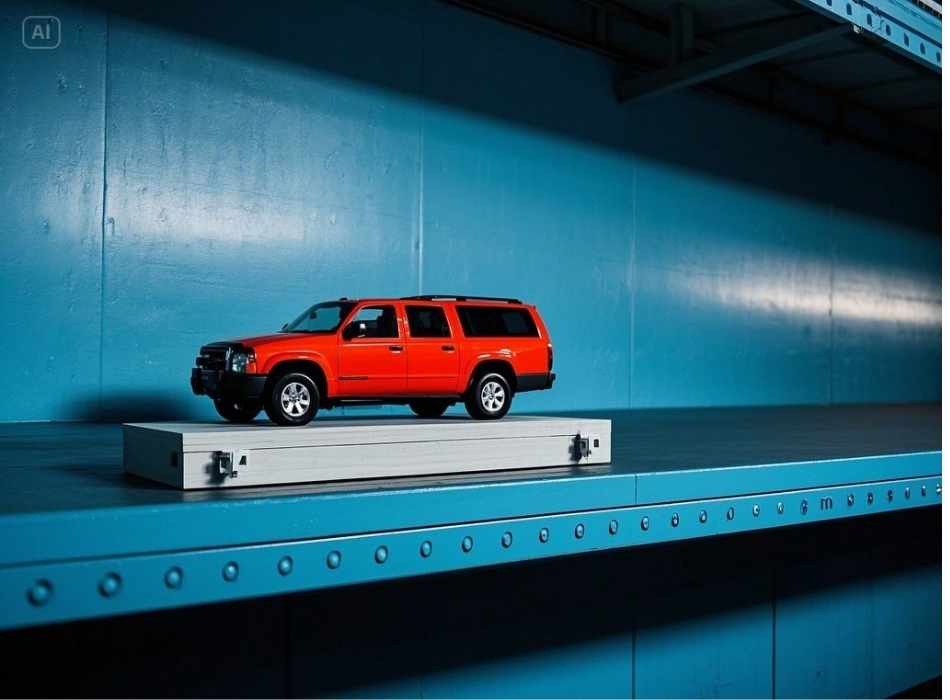
Not all surfaces are suitable for heavy loads. Ensure that the wall or structure where you plan to mount your neon sign can bear its weight. For heavier signs, reinforced wooden or metal mounts are recommended over drywall.
2. Use the Right Hardware
Heavier neon signs will need sturdier hardware for installation. For instance:
- Choose heavy-duty screws and anchors to mount larger signs securely.
- For hanging neon signs, ensure the chain or cable has a sufficient weight rating.
3. Account for the Power Supply
Don’t forget to position your sign near a power outlet or plan for extension cords if necessary. Be mindful that power transformers can also add a few extra pounds to the setup.
4. Hire Professionals for Large Signs
If you’re working with a larger or more complicated neon sign, don’t hesitate to hire experts for installation. Professional installers ensure safety and precision, giving you peace of mind.
Why Weight Matters for Neon Signs
Understanding the weight of your neon sign is crucial for a few reasons:
- Ensures safe installation, preventing the risk of falls or damage.
- Helps with shipping logistics, especially if ordering internationally.
- Affects your choice of display location, ensuring proper support and aesthetic placement.
By taking weight into account, you can plan your setup more effectively and enjoy your new neon sign without any hiccups.
Your Final Glow-Up
Whether you’re designing a trendy home bar, jazzing up your restaurant, or making a statement in your business, neon signs are a fantastic choice. Their weight depends largely on size, materials, and complexity, but with this guide, you’re now equipped to make an informed decision.
Looking for a lightweight, energy-efficient alternative? Consider modern LED faux neon signs!
What’s your dream neon sign? Share your ideas in the comments below, or check out our range of custom neon designs tailored to suit your space and style needs.







